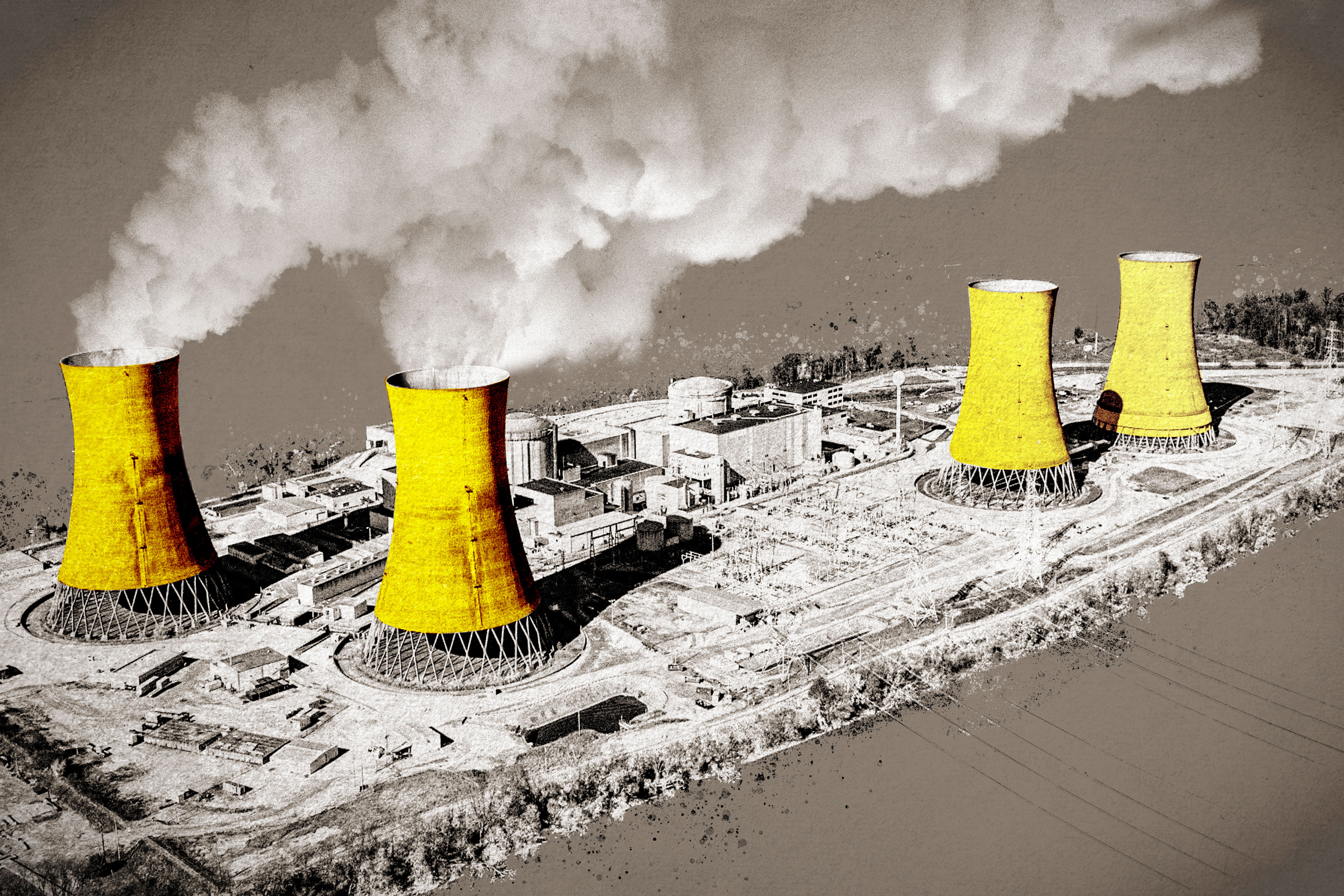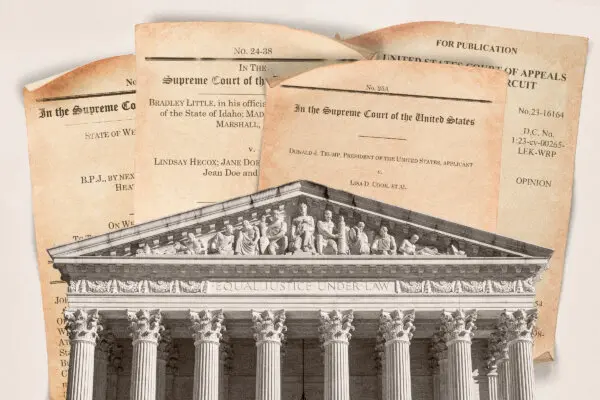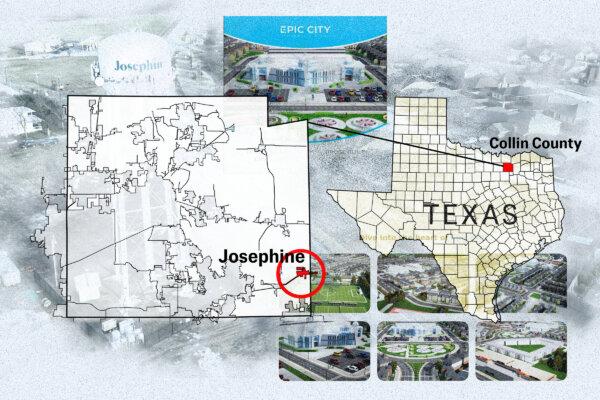MIDDLETOWN, Pa.—On March 28, 1979, Ken Klinepeter was 21 and his wife was expecting a baby any day. He worked at an auto parts store in downtown Middletown, Pennsylvania.
“I remember a guy running down the street on the sidewalk with his coat over his head. And I could hear this loudspeaker,“ said Mr. Klinepeter, now 65 and Middletown Borough manager. ”As it got closer, it was a fire truck going past the store telling everybody to stay inside and keep your doors and windows shut.”










